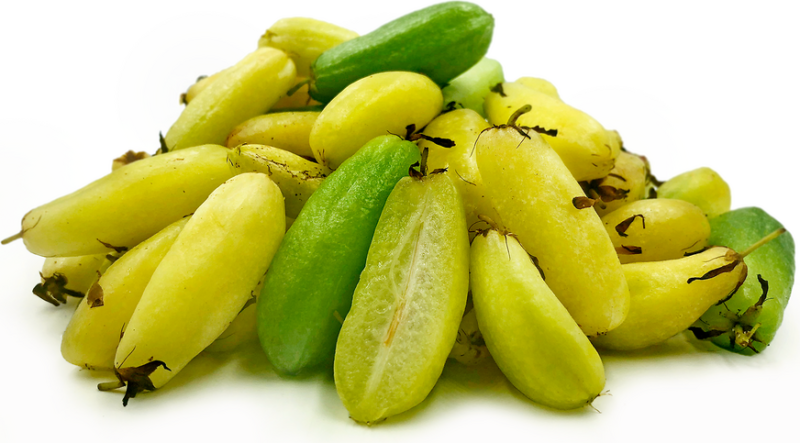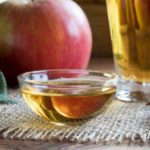 Medicines are made from plants. So, this is not a myth that there are lots of medicinal plants that can actually cure diseases. Here are 20 medicinal plants that can cure a wide range of diseases.
Medicines are made from plants. So, this is not a myth that there are lots of medicinal plants that can actually cure diseases. Here are 20 medicinal plants that can cure a wide range of diseases.
1. Menda/soft bollygum/bolly beech/Litsea glutinosa
This tree is also known as bollywood, bollygum, brown bollygum. If there is a consistent stomach ache, blood-diarrhea, the leaves are mixed with water and eaten twice a day. It has an effective role against bacteria. Both the bark and the leaves of this tree are used. To treat broken bones, the bark mixture was used locally in plastering. For chest paint you can massage it.
2. Schoenoplectiella supina
Effective in medicine for abdominal pain and diarrhea. In case of sores, a mixture of leaves is applied.
3. Volkameria inermis
Works for deworming and diarrhea. Leaf juice is mixed with raw turmeric and fed. Those who have skin diseases have benefited by massaging the juice of this flower.
4. Neem
Many diabetics eat dried neem leaves in small tablets form in the morning and afternoon. Neem leaves have also been used in hot water for a long time for problems like chickenpox and skin allergies. In the case of insect bite wounds, neem and turmeric juice are mixed and applied there. Neem juice is used for toothache.
5. Basil
It is a familiar name to many in Bangladesh. Especially seen in many houses in the village. The leaves of this tree are eaten for colds. Many also eat soaked with tea. It is said that regular consumption of ghee with basil leaves works to increase the capacity of the brain.
6. Swertia
It is also known as Kalmegh in many places. Diabetics eat. Many people eat the leaves on an empty stomach every morning after mixing them with water. In case of stomach upset, diarrhea, fever, and rheumatic pains, it is soaked in water overnight.
7. Kalanchoe pinnata
There is a common belief in the village thatKalanchoe pinnata helps to break down kidney stones, although no scientific basis has been found for it. However, the users told the researchers that they have benefited from eating betel leaf leaves for problems like fever and flatulence. It is also used in bets for skin allergies. The juice of the leaves of Kalanchoe pinnata is used for cold-related problems.
8. Mesosphaerum suaveolens
Digestive enhancer and diabetic control.
9. False daisy
This shrub has been used for hair care in the Indian subcontinent for a long time. It is believed to help stop hair fall. Dr. Tahmina Haque says that during the research, many people said that many people eat leaf juice for menstrual problems in girls. It is scientifically proven to be antifungal or antifungal.
10. Malabar nut/adulsa/adhatoda
For colds, the juice or water is boiled in the juice of Malabar nut leaves for various lung problems. Scientific experiments have shown that Malabar nut juice activates the salivary glands in respiratory problems. However, playing in large doses can cause nausea.
11. Arjun
The roots, bark, stems, leaves, fruits and flowers of this tree are used as medicine. Arjuna’s skin is powdered for heart disease and chest pain. Arjuna powder is believed to increase sexual potency by mixing it with bask leaves. In case of sprains or cracks in the bones, it is beneficial to mix it with garlic and apply it on the skin of Arjun.
12. Shoeblackplant aka Chinarose
The leaves and flowers of Jaba/ china rose/ Shoeblackplant tree are eaten mixed with hot rice for stomach upset. Leaf juice is eaten for jaundice. Flower juice is consumed by women for menstrual and menstrual problems.
13. Mimosa aka sensitive plant
The roots of this tree are powdered in beet and eaten for diarrhea. The leaves of mimosa are used to heal sores. The leaves and flowers of the tree are used on the wounds of the body. This plant is also beneficial in rheumatism or bone pain. In addition, many people use a mixture of Lajjavati tree for diarrhea and hand-foot burns.
14. Scutch grass
Although Scutch grass grows freely in the fields and streets, many people are not aware of its medicinal properties. The juice of this grass is very useful in bleeding, traumatic cuts, skin diseases. If the juice of this leaf is cut somewhere, the bleeding stops immediately. Studies have shown that it contains many antioxidants.
15. Datura metel
It is now on the verge of extinction. It was used by many for asthma. The leaves were dried and powdered to make a wash.
16. Centella asiatica
It is probably one of the most common medicinal plants in Bangladesh. Thankuni leaves are very effective for any stomach medicine. It is eaten by squeezing the juice from the leaves. These leaves increase digestive energy, increase performance, reduce hair fall, help heal wounds and enhance skin radiance.
17. Dodders
Studies have shown that Dodders works to cure jaundice, reduce lower abdominal pain, and soothe wounds. The vine is boiled and water is consumed. The water of this vine helps in killing bile and controlling worms. It is also helpful in suppressing bacteria. However, the juice of this leaf is often thought to cause miscarriage, or reduced fertility.
18. Asparagus
Asparagus is a natural source of high-quality folic acid and potassium. This medicinal plants contains fiber, vitamin A and vitamin B. It acts as a cure and tonic for infertility. It also helps in controlling high blood pressure.
20. Bilimbi
Although the fruit of the Chinese gooseberry tribe, it is a different kind of fruit. This fruit is proven in diabetic control. Studies have shown that it is one of the medicinal plants that contains anti-oxidants.



















